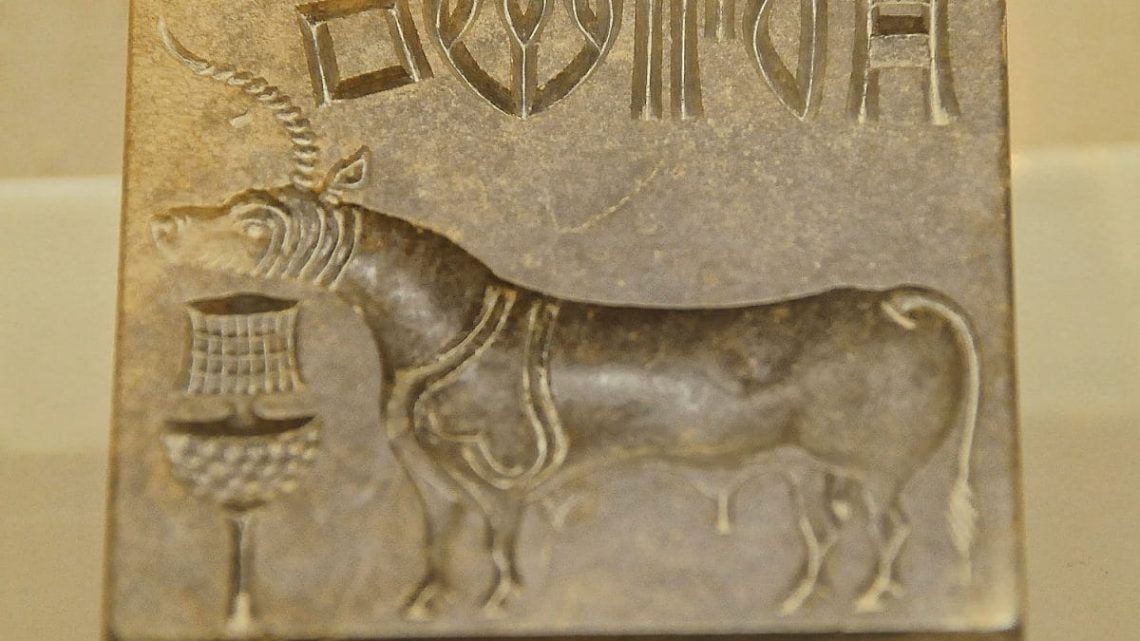A new wave of scholars and researchers is using AI and advanced methodologies to crack the Indus Valley script. This has raised hopes that the ancient language will soon be decoded with the help of advancing technologies.
Researchers are using AI algorithms to analyse patterns and frequencies of symbols in the script, The Hindu reported. This could provide insights into the structure and meaning of the language.
AI’s ability to process large datasets and recognise patterns makes it a valuable tool in the ongoing efforts.
About 4,500 years ago, an ancient civilization thrived in the Indus Valley, now in parts of present-day India and Pakistan. Although little is known about them, archaeologists have discovered that they had an advanced writing system.
For the past 100 years, experts from many fields – including archaeologists, linguists, historians, and scientists – have tried but failed to decode the Indus script. The research methods have evolved from traditional techniques to more modern ones, such as computers and statistics. But, the language still remains a mystery.
Artificial Intelligence (AI) has the potential and scope to assist scholars and researchers in deciphering the scripts of the Indus Valley Civilisation, and taking more information to the larger public, Omar Khan said to The Hindu. Khan is an Indusuenthusiast from San Francisco. He is also the founder of harappa.com —a website that has been publishing scholarly articles on Indus studies for the past three decades.
Bahata Mukhopadhyay and cryptographer Bharath Rao are leading the effort to decode this mysterious script. Both are independent researchers from different fields—Rao is a cryptographer, whereas, Mukhopadhyay is a software engineer.
“I have been fascinated with this script since 2010 and sought scientific analysis to understand it,” Mukhopadhyay said to The Print.
Recently, Tamil Nadu Chief Minister MK Stalin announced a million-dollar prize for anyone who can decode the script.
“We have not been able to clearly understand the writing system of the once flourishing Indus Valley. The efforts of the state government are to ensure the right place for Tamil Nadu in the country’s history,” the CM said at the event.
The conference was held on the 100th anniversary of the discovery of the civilization.
Mukhopadhyay was also part of the three-day seminar in Chennai where Stalin announced the prize money for researchers working on the Indus script. Mukhopadhyay welcomed Stalin’s announcement of the prize for decoding the script. He emphasised that it would motivate many scholars to decode the script.
In December 2024, Union Minister Gajendra Singh Shekhawat answered questions in the Rajya Sabha about efforts to decode the Indus script. He said, “There is no proposal to launch a scientific study using genomics to investigate the population history of South Asia to address conflicting theories.”
It would be difficult to understand the script, as there is no artifact like the Rosetta Stone or bilingual texts available. Each symbol in the language differs in form and style, and most inscriptions are very short. The inscriptions were typically found on seals, pottery, and other artifacts.
Despite numerous efforts, the script has yet to be decoded. Some scholars propose potential links to the Dravidian languages or the Brahmi script, but no supporting evidence has been discovered.
Link to article –
Is 4,500 years old Indus script about to be deciphered? Buzz around AI-driven research
